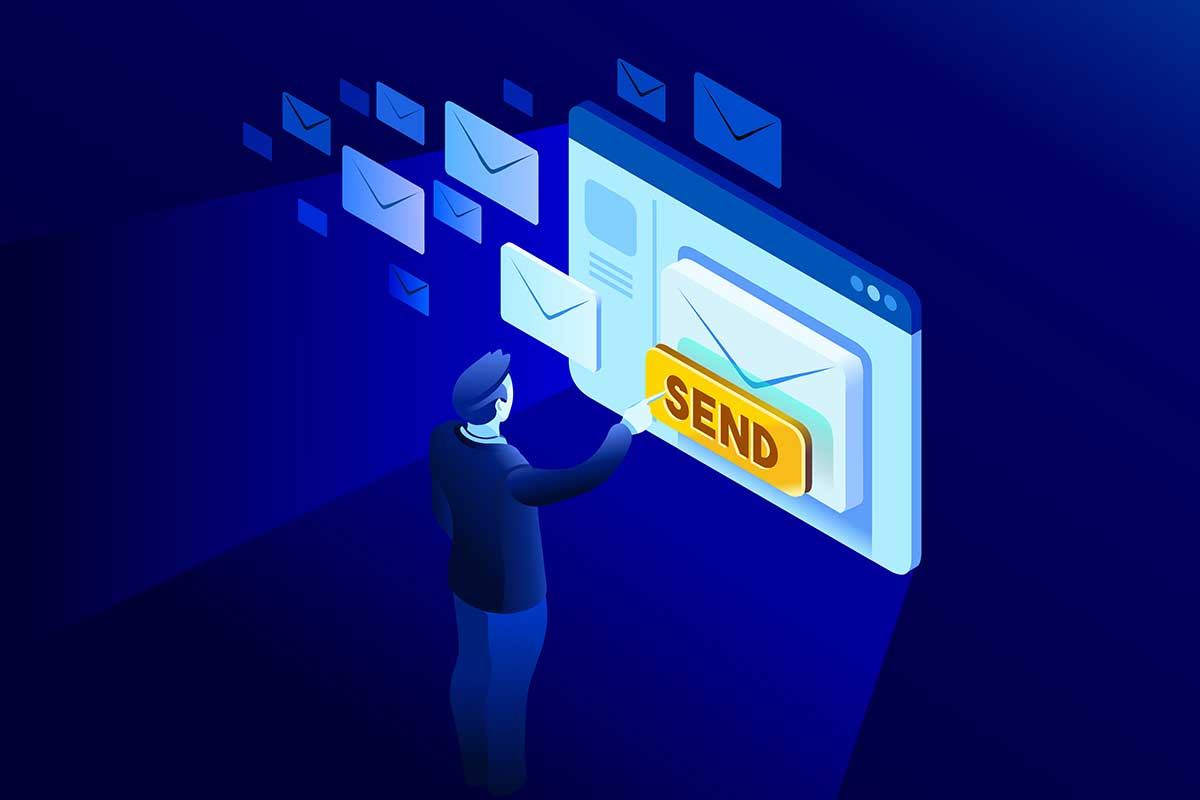Are You Responding to Your Customers Too Quickly?
Business owners work hard to provide customers with exceptional service. It’s generally a good idea to nurture existing customers as opposed to always looking for new ones.
So, when customers email for help, it seems like common sense to respond to them immediately, but is it the right decision?
Responding too quickly can have unintended effects.
You’re training your customers to expect instant gratification.
When customers know you respond immediately, they will expect and anticipate that quick response every time they call, email, or text you. Some will even take advantage of you and your giving nature. And the one time you don’t respond right away, your customers will barrage you with follow-up emails asking if you received their message.
You’re training your customers to ignore personal boundaries.
When you respond to customers during your days off or during scheduled downtime, your customers learn that they can grab your attention on weekends, vacation days, and anytime they want. Not only is this destructive to your mental health, but it becomes intrusive on time your family deserves more. Try to keep consistent hours of operation and response time.
Productivity takes a beating.
Nothing stomps on productivity like a constant interruption. When customers consistently demand your instant attention, they steal your most productive hours of the workday. Your energy and creativity lose momentum. One way to combat this is to set scheduled chunks of time in the day to respond to emails. This buffer allows you and your staff to focus on critical tasks at hand, but it still allows time for you or your team to respond and remain customer attentive.
Problem-solving takes time.
Give yourself time to think things through. Immediate responses provide top-notch customer service, but sometimes hasty emails can come across as incomplete or sloppy to your customer and create miscommunication. These mixed messages can result in more interruptions from questions and follow-ups.
A good practice to get into is to re-read each request several times. If the email is important enough, have another co-worker or editor proof your email to make sure the email communicates as intended. Make sure your email is free from unintended emotion. The problem with email is that the customer can’t hear your voice and determine emotion and feeling. So make sure the tone is professional and neutral.
What’s the right amount of time to respond to customers?
Researchers say 90% of people respond within a day to an email. The most common response time is around two minutes, and 50% of responders will respond in under an hour.*
A few minutes is still quick even in an internet culture with instant access to information and media. Every customer service situation is different, but the key is to set the proper boundaries upfront. Let them know in your support communication and contracts a fair amount of time to expect when emailing requests.
Some final points to remember as you manage response times:
- Do your best. You won’t be able to please everyone.
- Emails and text need to be thoughtful and well-crafted. Take the time you need to sound professional.
- Your time is valuable and just as valuable as your customers. Take time to protect your most creative and productive hours.
- Sometimes doing your job means someone will be disappointed. Excellent service will go a long way to mend disappointment.
Taking care of you
Quick response emails can be a tempting snare. Take care of your customers and make sure they are getting the services they paid for, but guard your time and temper your responses with adequate time to respond professionally and accurately. Your stress levels and mental health will benefit in the long run.


